Memories of Mindanao, Part 1
By Conrad J. Benedicto
From 2/17/23 to 3/4/23 I participated in TribuTur, a “hands on field study custom-designed for participants to explore, discover, and draw empowerment from indigenous Pilipino cultures of Mindanao.” The tour is conducted by the venerable SF arts organization Kularts and its visionary artistic director, Alleluia Panis. The following snippets are derived from daily letters to my spouse, Catherine, chronicling this unforgettable experience.
Enter the name “Sitangkai” or “Sibutu” into your phone. The image of the world will turn on your screen and then zoom into crescent shaped patches of land barely peeking out of the sea at the very edge of the Sulu archipelago. It is the last wispy vestiges of the Philippine Islands as they reach out to Brunei. If the ocean currents are at odds with the winds during the three-hour boat ride to these isles from Bongao, you will find yourself surreptitiously scanning the passenger cabin for the compartment filled with life vests only to realize no such compartment exists. And no, the brown jute sack on the floor is filled with fruits no matter how much you want those outlines to look like blocks of buoyant foam encased in orange fabric. Yes, the violent lurching of the wooden vessel from the waves licking at the cabin window, and the seeming lack of safety regulations you are accustomed to as an American are anxiety inducing, but what you fail to grasp is that your once in a lifetime, perhaps never to be repeated voyage across the Celebes Sea is but one instance in the thousands upon thousands of voyages over centuries that have been taken by the people of this region, whose maritime history here is vast and without peer. No, you are not taking an American state-regulated ferry across the bay, but you are, in fact, in the hands of experts.
“You ponder the effect all of that has upon the cultures and traditions of the people, their knowing, and you are filled with awe.”
The vessels captained by the Sama people in this province, called Tawi Tawi, do not have the outriggers that one usually associates with Philippine boats. Here they have plied the deep waters to Brunei, Jolo, Zamboanga, Indonesia and back for generations on the “kumpit” or “lepa,” which range from large trading vessels reminiscent of galleons to the speedsters they navigate through the maze of canals in Sitangkai. Models and replicas of the traditional sailing kumpit/lepa of yore are beautiful works of art—sleek yet stable, with keels shaped like eagles’ beak and ornate bowsprits carved to look like billowing wind. The spade shaped sails are set upon the main mast at an angle, like a shield being raised. The form settles upon your imagination and you begin to dream of the voyages people here have taken, the accumulation of everything individuals might have witnessed in all those countless journeys. You ponder the effect all of that has upon the cultures and traditions of the people, their knowing, and you are filled with awe. Now you are ready to be here, to visit your hosts with the proper respect and regard. Just like the tilting earth-map on your phone, your world shifts.
Conrad J. Benedicto
A teacher, author, and kulintang musician who studied with Master Danongan Kalanduyan from 1997 to 2016. He was Master Kalanduyan’s apprentice within the Alliance for California Traditional Arts’ Apprenticeship Program in 2007 and again in 2013. He founded and leads the Kulintang band, Kulitang Dialect, and has performed at the Filipino American International Book Fest Gala, Gongster’s Paradise Kulintang Festival, SF Parol Lantern Festival, and more. He has received grants for his music from the San Francisco Arts Commission and Zellerbach Family Foundation. He teaches social studies, environmental education, and kulintang music at Balboa High School in San Francisco.




